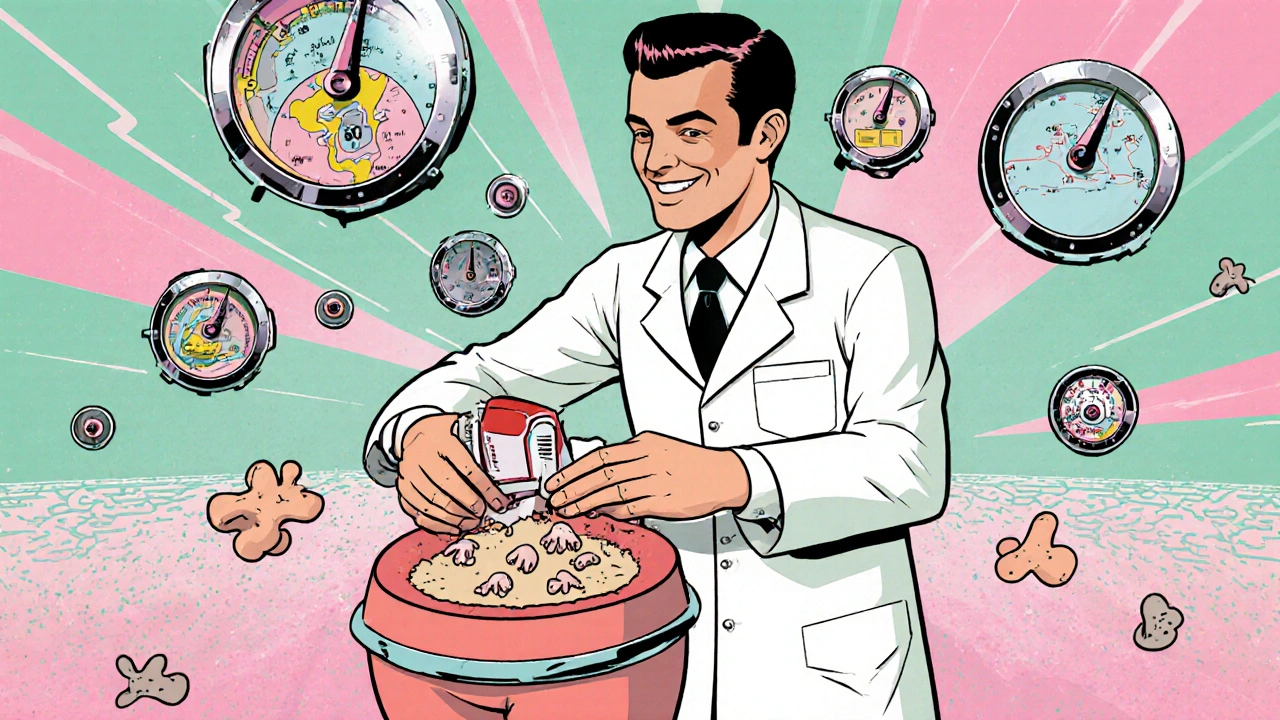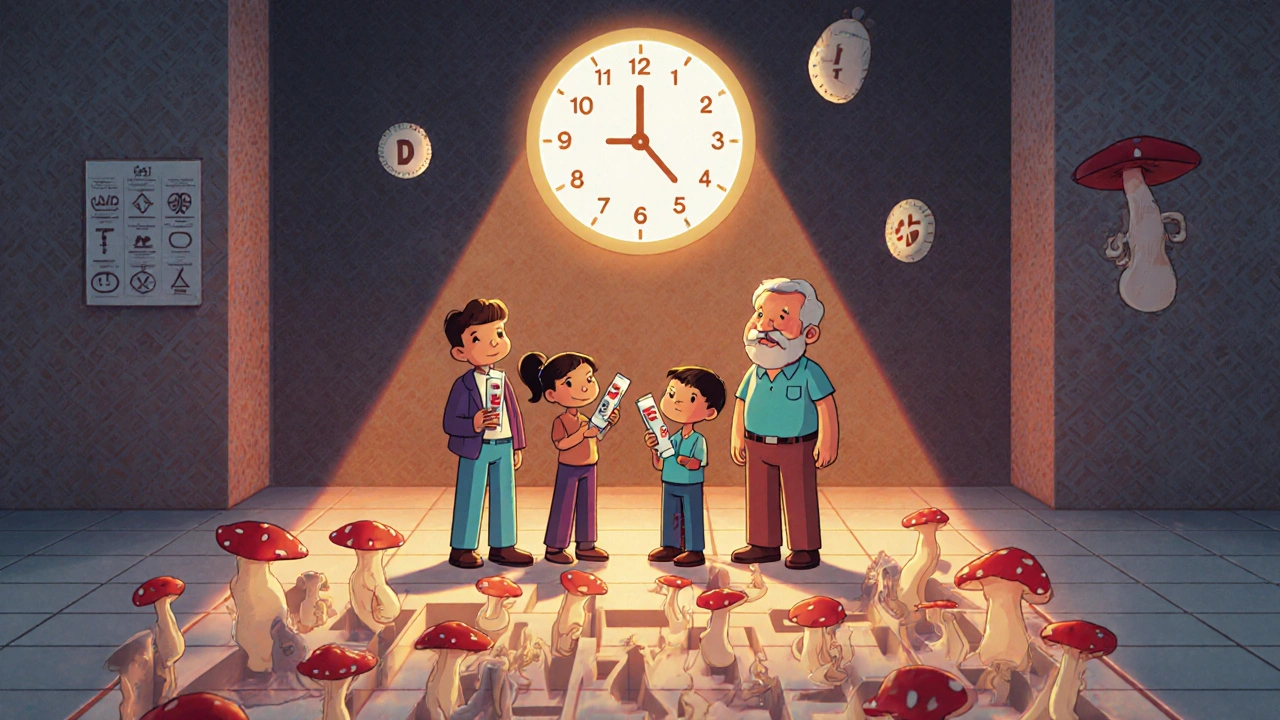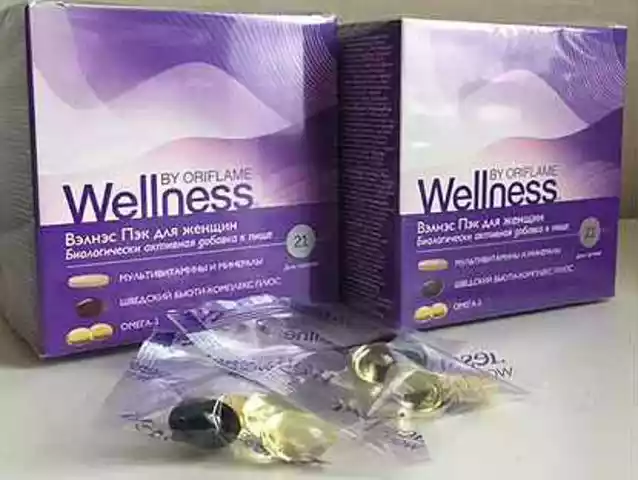Butenafine isn’t a household name like hydrocortisone or clotrimazole, but if you’ve been battling a stubborn fungal skin infection-especially athlete’s foot or ringworm-you’ve probably heard of it from your pharmacist or doctor. It’s not a cure-all, but when it works, it works well. And that’s why people ask the same questions over and over. Here are the top 10 frequently asked questions about butenafine, answered straight up, with no fluff.
What is butenafine?
Butenafine is an antifungal medication used to treat skin infections caused by fungi. It belongs to a class of drugs called allylamines, which work by stopping fungi from making the fatty membranes they need to survive. Without those membranes, the fungi die off. Unlike older antifungals that just slow down growth, butenafine actually kills the fungus. That’s why it often clears up infections faster than creams like terbinafine or clotrimazole.
It’s available as a topical cream or solution, usually sold under brand names like Mentax or Butenafine Hydrochloride. You won’t find it as an oral pill-it’s meant to be applied directly to the skin.
What conditions does butenafine treat?
Butenafine is FDA-approved for three main types of fungal skin infections:
- Athlete’s foot (tinea pedis)-especially between the toes, where it’s itchy, red, and peeling.
- Ringworm (tinea corporis)-the circular, raised, scaly patches that look like worms under the skin.
- Jock itch (tinea cruris)-the red, burning rash in the groin area that gets worse with sweat or tight clothing.
It’s not used for nail fungus (onychomycosis) or scalp infections. Those need different treatments because the fungus is deeper or in a different environment. Stick to what’s on the label-don’t try to use it for something it’s not meant for.
How do you use butenafine cream?
It’s simple, but people mess it up. Here’s the right way:
- Wash and dry the affected area thoroughly. Moisture feeds fungi-so dryness is your friend.
- Apply a thin layer of cream to the infected skin and about 1 inch around it. Fungi spread beyond what you can see.
- Use it once a day, preferably at the same time each day.
- Continue for 2 to 4 weeks, even if the rash looks gone. Stopping early lets leftover fungi come back stronger.
- Wash your hands after applying unless you’re treating your hands.
Don’t cover it with bandages unless your doctor says to. Trapping heat and sweat makes fungal infections worse.
How long does it take to work?
Most people notice less itching and redness within 3 to 7 days. But visible improvement-like skin healing and scaling stopping-takes 1 to 2 weeks. Full clearance often takes the full 4 weeks. Don’t give up if it doesn’t vanish overnight. Fungi are slow to die.
A 2021 study in the Journal of the American Academy of Dermatology found that 78% of patients with athlete’s foot had complete clearance after 4 weeks of daily butenafine use. That’s higher than many over-the-counter options.

Can you use butenafine on your face or genitals?
Not unless your doctor tells you to. The skin on your face is thinner and more sensitive. Butenafine isn’t tested for safety there, and it can cause irritation, redness, or peeling. Same goes for the genital area-unless it’s specifically diagnosed as jock itch and your doctor says it’s okay.
For genital rashes that aren’t confirmed as fungal, you could be masking something else-like yeast, psoriasis, or even an allergic reaction. Self-treating without diagnosis can make things worse.
What are the side effects of butenafine?
Most people tolerate it well. The most common side effects are mild and local:
- Itching or burning at the application site
- Redness or dryness
- Occasional stinging or rash
These usually go away after a few days. If they get worse, stop using it and see a doctor.
Severe reactions-like swelling, blistering, or hives-are rare but possible. If you develop them, wash the area and get medical help immediately. Allergic reactions to antifungals aren’t common, but they happen.
Can you use butenafine while pregnant or breastfeeding?
There isn’t enough data to say it’s completely safe during pregnancy. The FDA classifies butenafine as Category C-meaning animal studies showed risk, but human studies are lacking. If you’re pregnant or planning to be, talk to your doctor before using it.
For breastfeeding, the risk is low because very little of the drug gets into your bloodstream when applied topically. Still, avoid applying it to the breast area if you’re nursing, and wash it off thoroughly if you do.
Can you use butenafine with other creams or medications?
Generally, yes-but not at the same time. Don’t mix it with other antifungals, steroids, or moisturizers unless your doctor says so. Applying multiple products on top of each other can trap moisture or reduce absorption.
If you’re using another cream (like a steroid for eczema), wait at least 2 hours between applications. Apply butenafine first, let it dry, then use the other product.
Also, avoid using it with alcohol-based products. They can dry out your skin and make irritation worse.

Is butenafine better than terbinafine or clotrimazole?
It depends on what you’re treating and what you’ve tried before.
Terbinafine (Lamisil) is also an allylamine like butenafine and works similarly. Studies show they’re about equally effective. Butenafine might clear up infections slightly faster in some cases.
Clotrimazole (Lotrimin) is an azole antifungal. It stops fungus growth but doesn’t kill it as aggressively. That means it often needs longer treatment-up to 6 weeks-and has a higher chance of recurrence.
Butenafine has one big advantage: once-daily dosing. Clotrimazole often requires two applications a day. For people who forget meds, that’s a game-changer.
What if butenafine doesn’t work?
If you’ve used it correctly for 4 weeks and the rash hasn’t improved-or it’s gotten worse-then it’s probably not a fungal infection. Common mimics include:
- Eczema or psoriasis
- Contact dermatitis from soap, detergent, or shoes
- Bacterial infections like impetigo
- Yeast overgrowth (Candida), especially in skin folds
See a doctor. They can do a simple skin scraping and look at it under a microscope to confirm the cause. Using antifungals when you don’t need them can lead to resistance or delay proper treatment.
Also, make sure you’re not reinfecting yourself. Wash socks, towels, and bedding in hot water. Don’t walk barefoot in shared showers. Fungi live everywhere.
Frequently Asked Questions
Can I use butenafine for nail fungus?
No. Butenafine cream doesn’t penetrate deep enough to reach fungi under the nail. Nail fungus requires oral antifungals like terbinafine or itraconazole, or specialized nail solutions. Topical creams alone won’t cure it.
Is butenafine available over the counter?
In the United States, butenafine is available over the counter. In New Zealand and some other countries, it may require a prescription. Always check with your local pharmacy or health authority.
How should I store butenafine cream?
Keep it at room temperature, away from heat and moisture. Don’t freeze it. Store it out of reach of children. Most creams are good for 2 years after opening, but check the expiration date on the tube.
Can children use butenafine?
Butenafine is approved for use in adults and children over 12 years old. For younger children, consult a pediatrician. Skin in kids is more sensitive, and fungal infections can sometimes be mistaken for other rashes.
Does butenafine interact with other drugs?
Topical butenafine has very low absorption into the bloodstream, so drug interactions are extremely rare. However, always tell your doctor about all medications you’re using, especially if you’re on immunosuppressants or have a chronic skin condition.
When to see a doctor
Butenafine is great for mild, clear-cut fungal infections. But if you have:
- Diabetes or a weakened immune system
- Large areas of affected skin
- Pain, pus, or swelling
- Recurring infections
-then see a healthcare provider. These signs suggest a deeper problem or a secondary infection. Self-treating in these cases can delay proper care.
Also, if you’ve tried butenafine twice and it didn’t work, don’t keep trying the same thing. You might have a resistant strain or something else entirely. A doctor can test for it-and give you the right treatment.





Rebecca Breslin
October 29, 2025 AT 14:28Been using butenafine for my athlete’s foot for 3 years now. I don’t even bother with OTC stuff anymore. It kills it dead. I apply it before bed, wear cotton socks, and never look back. No more itching at 3am. Life changer.
Kierstead January
October 30, 2025 AT 06:59Ugh. Another one of these ‘miracle cure’ posts. You people treat antifungals like they’re magic pixie dust. I had a rash for 8 months and tried everything. Turns out it was psoriasis. You didn’t even mention that most people misdiagnose themselves. Thanks for spreading medical ignorance.
Imogen Levermore
October 30, 2025 AT 15:05ok but what if the real issue is… the government is secretly testing antifungals on us to make us more compliant? 🤔 like… why is butenafine *only* topical? why not oral? who profits? 🤫 maybe fungi are just… *aware*? 🧠🍄 #antifungalconspiracy #butenafineiswatching
Chris Dockter
October 31, 2025 AT 02:23Clotrimazole is for losers who can’t follow directions. Butenafine once a day. Done. End of story. If you’re still scratching after 10 days you’re probably using too much or you’re just lazy. Stop blaming the cream.
Gordon Oluoch
November 1, 2025 AT 23:18Let me be clear. This post is dangerously oversimplified. Fungal infections are not binary. You either have them or you don’t. The real issue is systemic immunosuppression from processed foods, glyphosate exposure, and chronic stress. Topical antifungals are a bandaid on a hemorrhage. If you’re relying on cream to fix your lifestyle, you’re already losing.
Tyler Wolfe
November 2, 2025 AT 12:27Just wanted to say thanks for this. I was about to give up and go to the doctor. Used it for 10 days and the redness is gone. Still applying till week 4. You’re right about not stopping early. I’m not a genius but I’m trying.
Neil Mason
November 4, 2025 AT 09:37Used this in Vancouver last winter when my hiking boots turned into fungus incubators. Worked better than anything else. Just make sure you dry your feet like your life depends on it. Also, wash your socks in hot water. Don’t be one of those people who throws them in the dryer on low and wonders why it comes back.
Andrea Gracis
November 4, 2025 AT 21:47i used this for jock itch and it worked but i was scared to use it on my inner thighs cause i thought it would burn. it didnt. i just applied light and kept it dry. also i stopped wearing tight jeans. small changes help
Matthew Wilson Thorne
November 5, 2025 AT 00:36Terbinafine is superior. The data is clear. This is just marketing.
April Liu
November 5, 2025 AT 17:50Hey everyone, just wanted to share - I used this after my kid got ringworm from the dog. Applied it twice a day for a week (doctor said it was okay since it was small). The spot faded in 4 days. I kept going till 2 weeks. So proud of us. 🙌 Also, wash the dog’s bed. And yes, it’s gross but you gotta do it. You got this!
Emily Gibson
November 5, 2025 AT 18:01I’ve had recurrent athlete’s foot for 12 years. Tried everything. This was the first thing that actually cleared it completely. I still use it once a week as a preventative. No shame in being proactive. Your feet deserve love too.
Mirian Ramirez
November 6, 2025 AT 10:49Okay so I’ve been using this for my foot fungus and honestly I’m kind of obsessed? Like I didn’t think it would work because I’ve tried like 7 different creams and nothing stuck. But this? It’s like the fungus just… gave up. I apply it right after showering, let it soak in, and then I put on my socks. I even started writing little notes to myself on the tube like ‘you got this’ and ‘fungal enemy defeated’ 😅 I know it sounds weird but it made me feel like I was in control. Also I bought a new pair of shoes and now I’m scared to wear them because I don’t want to get it back. Anybody else do this? Also I think I’m addicted to antifungal cream now. Help.
Kika Armata
November 7, 2025 AT 03:01How quaint. You treat a superficial skin condition as if it’s a triumph of modern medicine. Butenafine is a Band-Aid on a crumbling infrastructure. The real question is why are so many people plagued by fungal infections? It’s not the cream. It’s the modern world. Synthetic fabrics. Indoor living. Over-sanitization. We’ve destroyed our microbiomes. You’re not curing fungus. You’re just delaying the inevitable collapse of your immune system. And you call this progress?